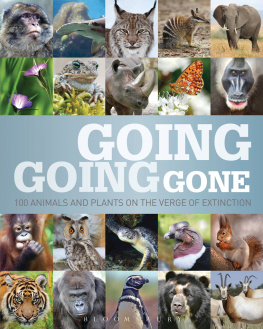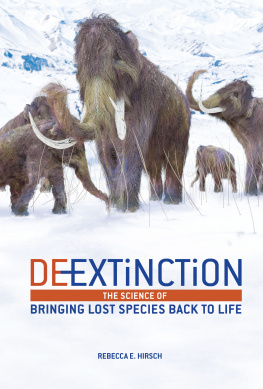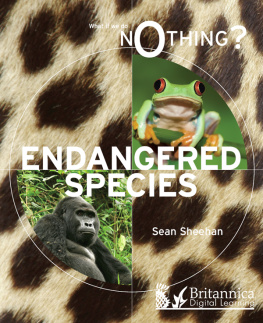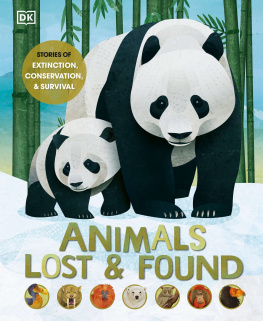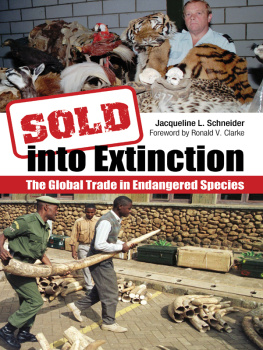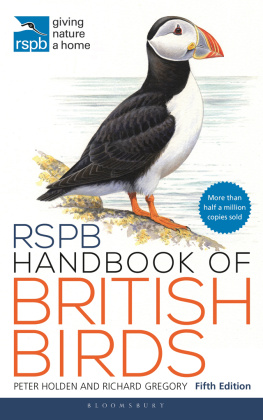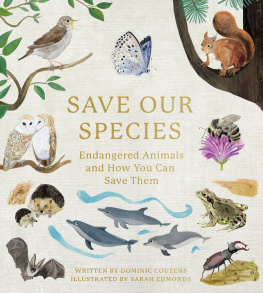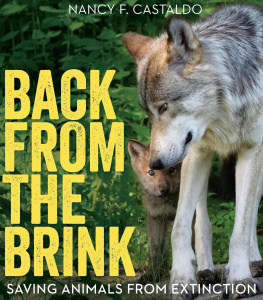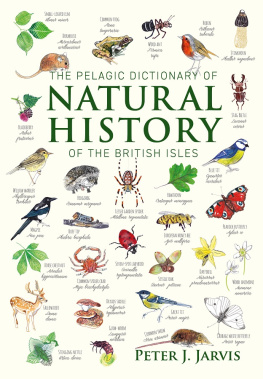

Published 2013 by Bloomsbury Publishing Plc,
50 Bedford Square,
London WC1B 3DP
This electronic edition published in 2014 by Bloomsbury Publishing Plc
Copyright 2013 by Think Publishing Ltd
A Think Book
Copyright 2013 photographs as listed .
The right of Think Publishing Ltd to be identified as the author of this work has been asserted by them in accordance with the Copyright, Designs and Patents Act 1988.
ISBN (print) 978-1408-1-8630-5
ISBN (ePub) 978-1408-1-8632-9
All rights reserved
You may not copy, distribute, transmit, reproduce or otherwise make available this publication (or any part of it) in any form, or by any means (including without limitation electronic, digital, optical, mechanical, photocopying, printing, recording or otherwise), without the prior written permission of the publisher. Any person who does any unauthorised act in relation to this publication may be liable to criminal prosecution and civil claims for damages.
This book is produced using paper that is made from wood grown in managed sustainable forests. It is natural, renewable and recyclable. The logging and manufacturing processes conform to the environmental regulations of the country of origin.
To find out more about our authors and their books please visit www.bloomsbury.com where you will find extracts, author interviews and details of forthcoming events, and to be the first to hear about latest releases and special offers, sign up for our newsletters here.
Going Going Gone is dedicated to the wildlife of the world, and to the many people who work hard to protect it.

CONTENTS

FOREWORD

Humans share this planet with eight to 10 million other species, most of which have yet to be described. We have documented about two million species and of those we have assessed the conservation status, or extinction risk, of fewer than 70,000.
However, these assessments provide important insights into the status of the worlds species. We now know that roughly 20% of all vertebrates (mammals, birds, reptiles, amphibians and fish) are threatened with extinction and initial assessments of plants and invertebrates indicate that 20% of all life forms are likely threatened. We also know that almost all these declines have been driven by human activity such as habitat loss, species introductions, exploitation or climate change most of which are reversible. But with one-fifth of the worlds species threatened with extinction, where do we start?
In this book you are introduced to a broad range of species that are threatened with extinction and the dedicated conservation organisations that are fighting to protect them. The future of these species is extremely important as their destiny is likely entwined with the 20,000 or more other animals, plants and fungi known to be threatened. If we cannot save the 100 species presented in this book, many of which are iconic, then what hope is there for other threatened creatures, most of which are currently receiving little or no conservation attention?
The future of the 100 species here is essentially a test of our values or attitudes towards other forms of life. If we are able to commit to these species and ensure their protection, we are well on our way to a future where all species on the planet are valued.
Professor Jonathan Baillie
Director of Conservation Programmes
Zoological Society of London

INTRODUCTION
Almost daily our global media television, newspapers, the internet and blogosphere tells us that one more of our planets precious species has come to the brink of extinction, that a formerly pristine habitat is disappearing, that the entire planet is losing its biodiversity.
And it really does seem to be largely our fault. Were using the Earths resources unsustainably; our expanding cities are consuming ever more land, leaving less for the wildlife; our throwaway lifestyles are polluting both land and oceans; our actions are leading to unnaturally fast climate change. There are so many problems, so many mistakes, so much to put right, that it seems impossible to know the right thing to do, to stem the tide of destruction and prevent the constant loss.
But, fortunately, there are people who are trying to find the answers. All around the world, charities, agencies and other organisations are working round the clock to change the picture going forward. Between them, their staff, their members and their volunteers, theyre working to protect delicate habitats and the wildlife that needs them, and alter our perceptions of the natural world so that we live our lives more effectively and sympathetically to our environment. Their task is huge, and frequently thankless and thats why this book has been compiled.
We wanted to show the range of threatened species, from the iconic to the unknown. We wanted to show the work that was being done across the world by organisations both large and small to preserve these plants, animals and environments and to show how we, as individuals, could contribute to this effort.
So we asked 100 conservation, scientific and research organisations from around the world to pick just one species, subspecies, animal group or habitat that needs saving one symbol of the work that they do and the problems that they face, to write about it and to demonstrate how other individuals can help them with their efforts.
The range of contributors has been genuinely global. We have heard from such international groups as BirdLife International and the Worldwide Fund for Nature, as well as from tiny regional teams such as Painted Dog Conservation and The Scaly-sided Merganser Project.
We heard from conservationists throughout the world in all continents, from Europe to Australasia, from Africa to Asia and the Americas. The mix of wildlife highlighted has been equally as broad. While well-known icons of conservation, such as gorillas, tigers, elephants and rhinoceroses, were naturally nominated for the book, there are also vignettes of many far less well-known, but equally struggling species, such as the Argali Sheep, the Blue-grey Taildropper (a colourful slug), the Humphead Wrasse (a rather charismatic fish) and the Tomistoma (a species of crocodile with a particularly slender snout). Among the 100 included are plants and animals found only in a tiny restricted area and some so rare that there are less than 100 individuals still known to exist in the wild.
As you read through the book, you will probably find your personal favourites among the species. Youll be moved by their plight, and by the efforts of the organisations that are trying to help them. If youre moved to do something to help one or two of them as well, then all the better.

